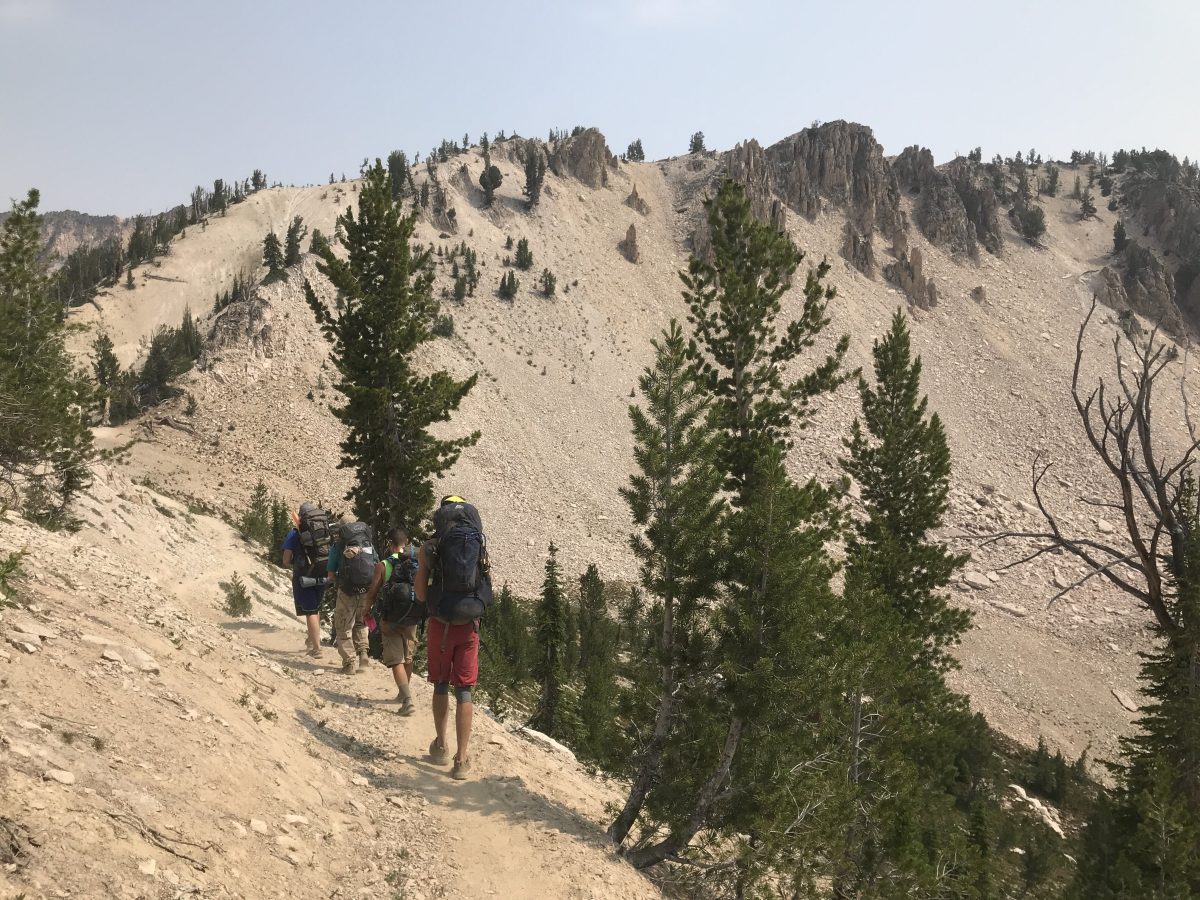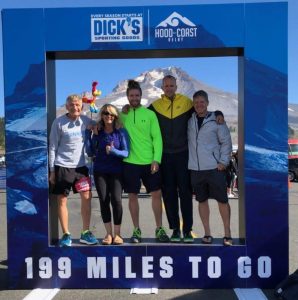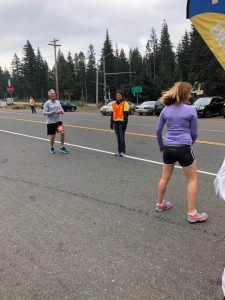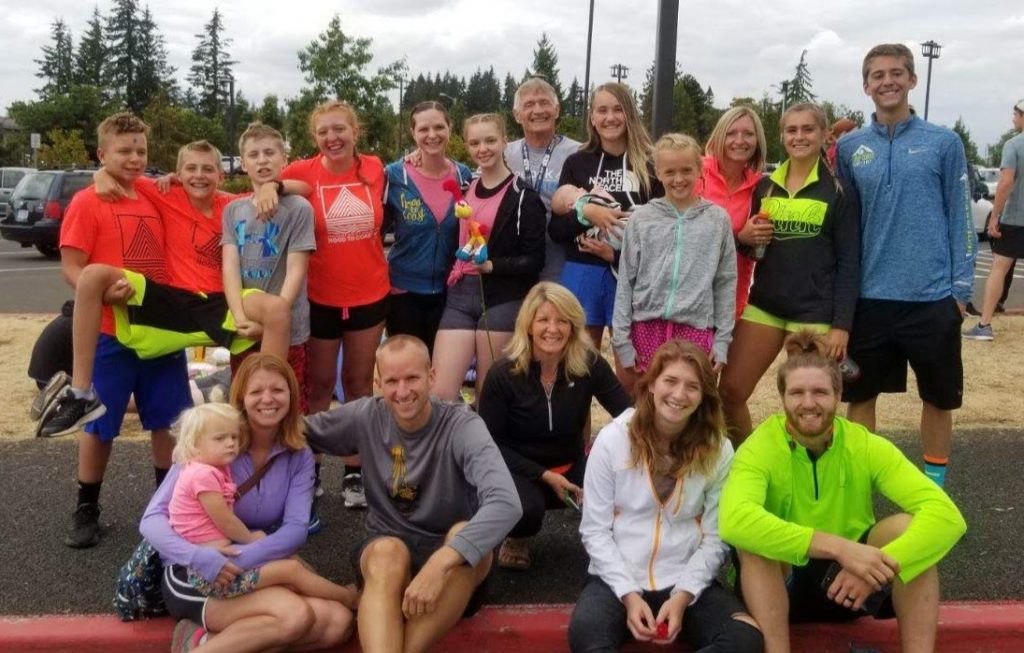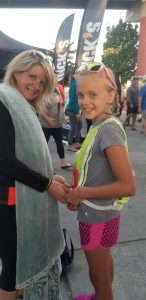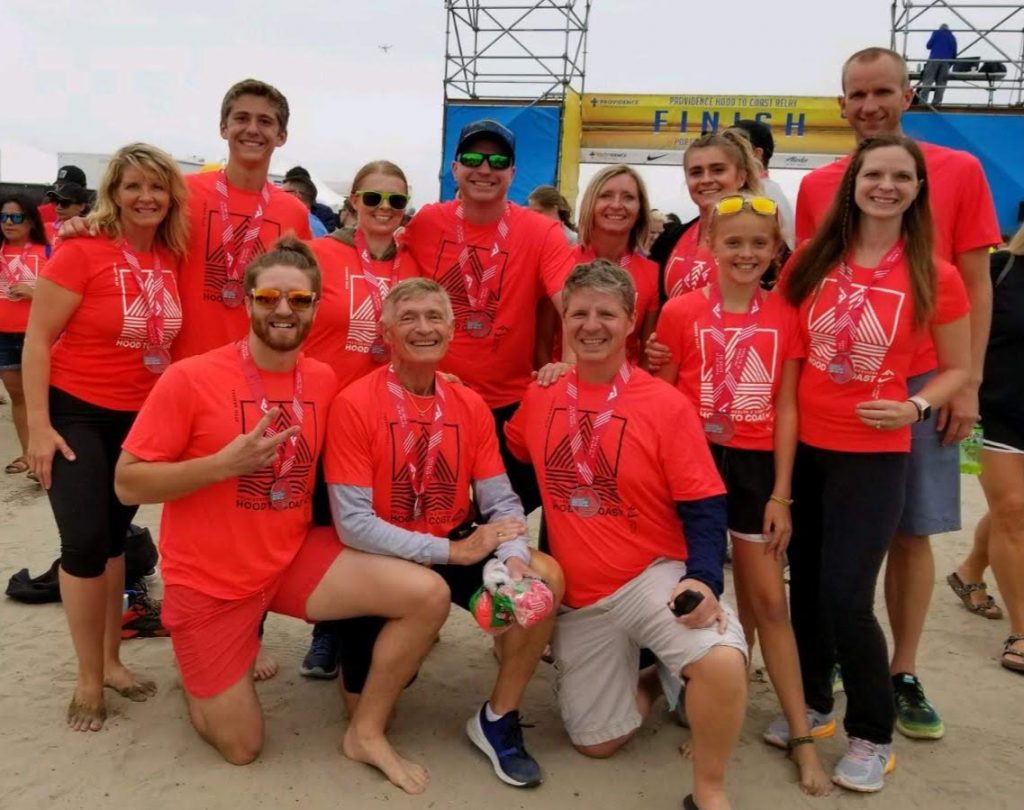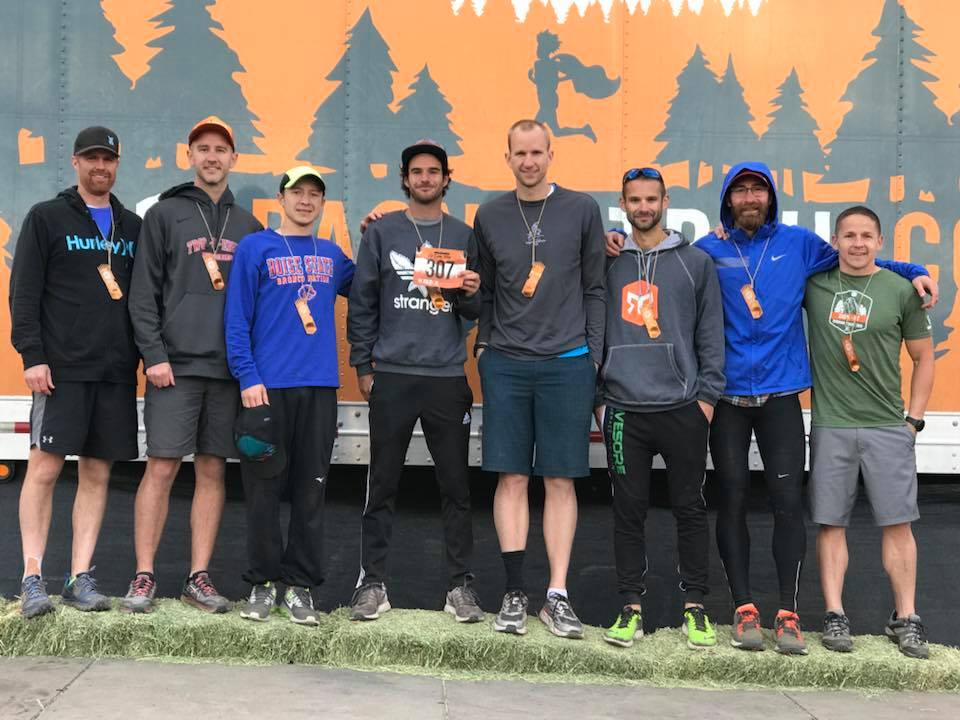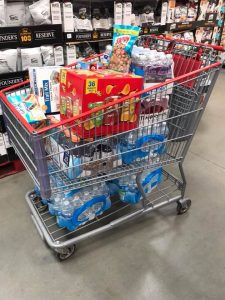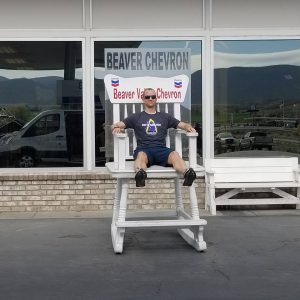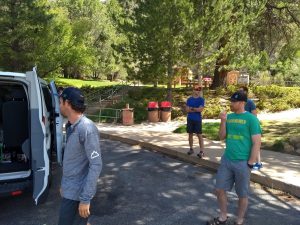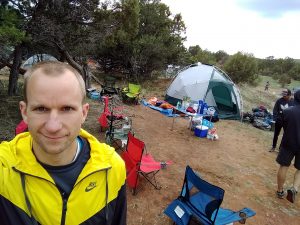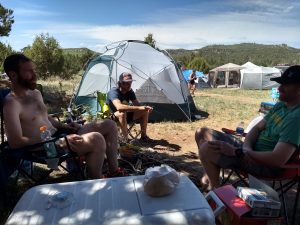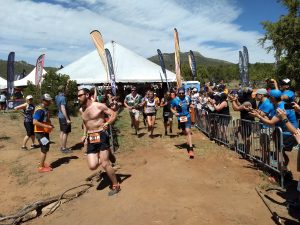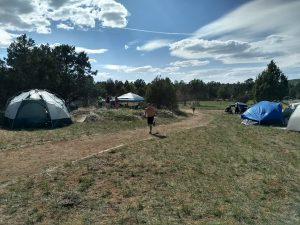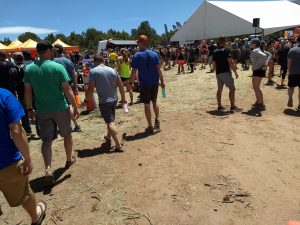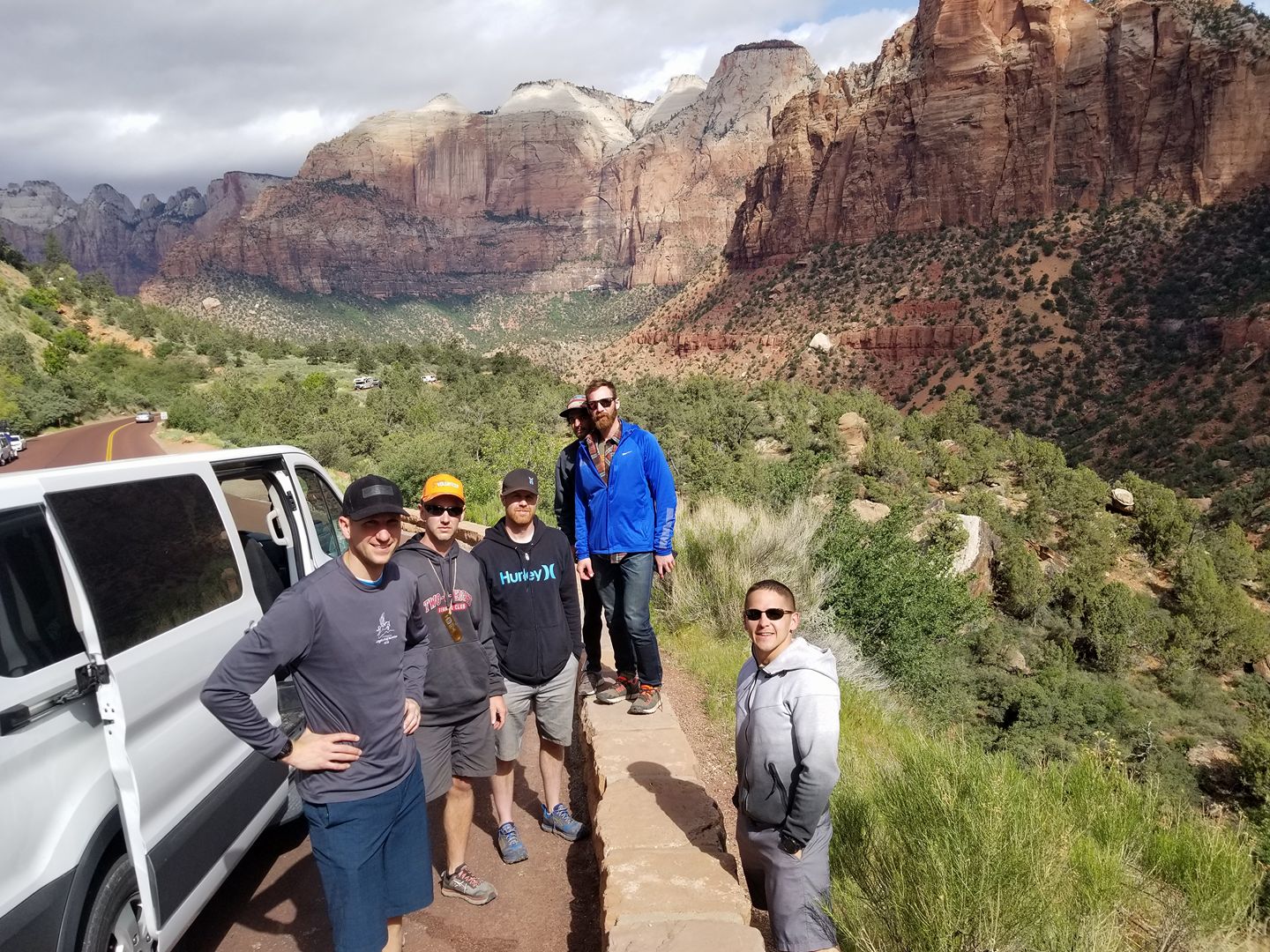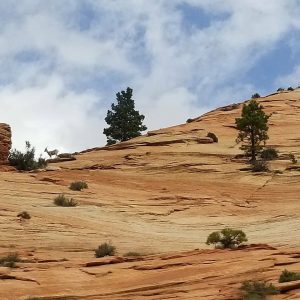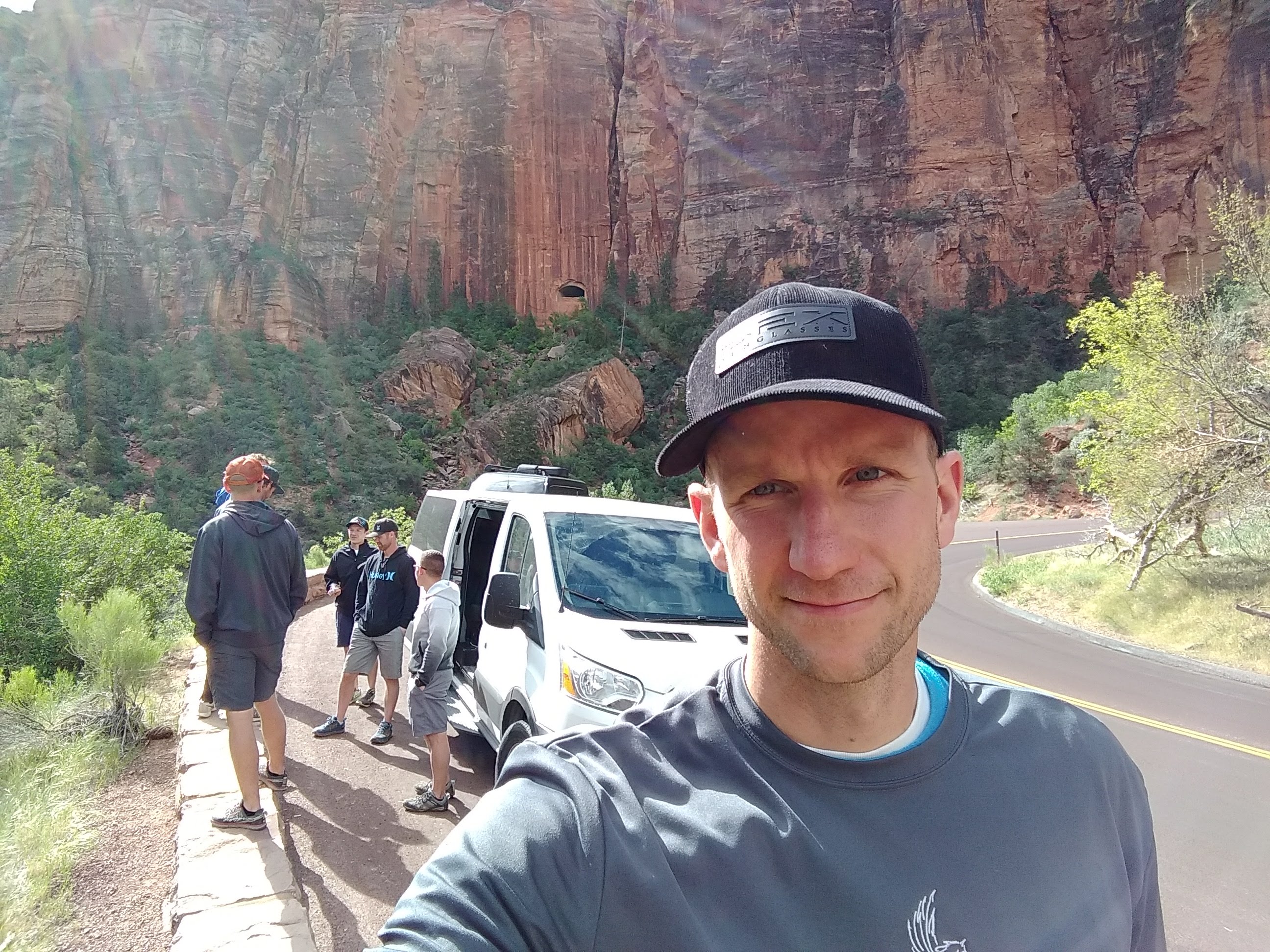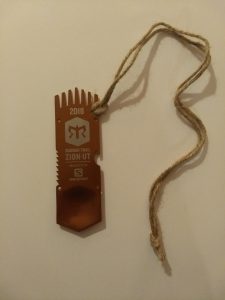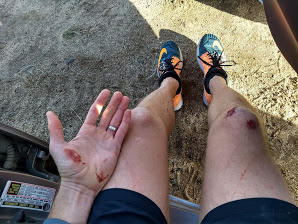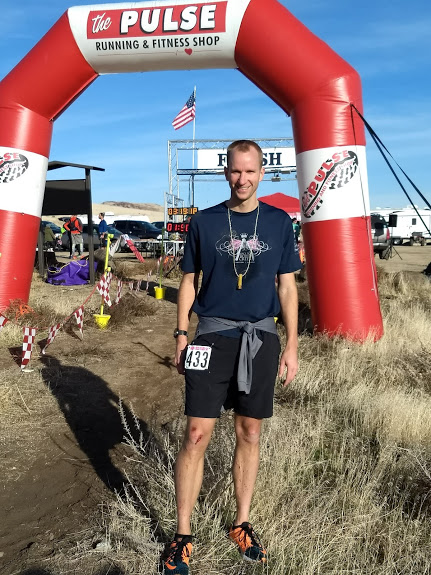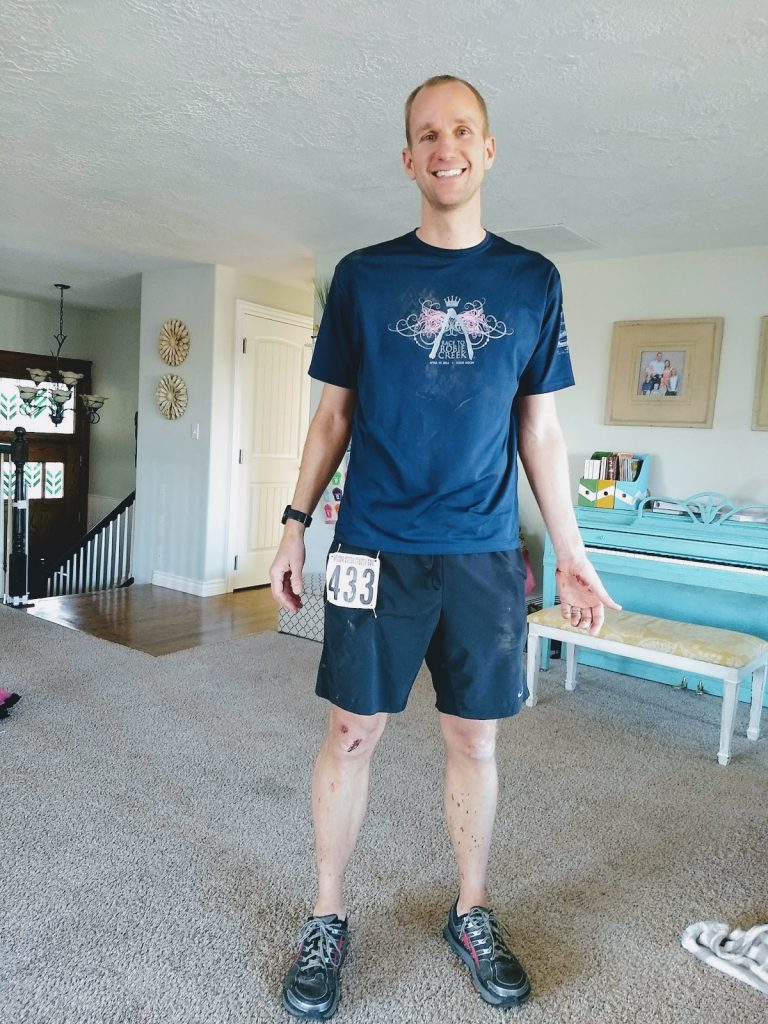I’m an adviser for a group of 16-18 year-old young men in The Church of Jesus Christ of Latter-day Saints. This means I help the group organize activities and generally mentor and guide them where possible. Every year we do a “high adventure” trip where we take a few days to do something outdoors that is memorable and character-building. Last year we went on a fantastic 50 mile canoe trip. This year we did a 50 55 mile backpacking trip through the Sawtooth Wilderness in 5 days. It was about what you’d expect: grueling, spectacular, and memorable.
Part of the reason I wanted to do this trip this year, was that we had a group of boys that I thought could handle it. It would challenge them, but we didn’t have anyone that couldn’t get it done, as far as I could tell. Another reason is that I have fond memories of hiking in these same mountains from when I was a youth. There are things you learn about yourself, others, and God on a trip like this in the mountains.
One limitation of the Sawtooths, and many similar areas, is a group size limit. The group size limit in the Sawtooth Wilderness Area is 12. I know people who have attempted to break this limit. Not only will this lead to fines, but I’ve come to appreciate the size limits as a way to protect these incredible areas. One group I know of was a couple miles into their hike when a ranger found them. Because their size was more than 12, the ranger turned them around and followed them out. Fines are common and are meted out regularly. Our group ended up including 6 youth and 3 adults. If you have a large group, please find somewhere else to go.
We debated the best course to take a group through the Sawtooth Wilderness. We considered some routes that would allow us to make a stop and transfer people in and out. We decided against this as it could easily lead to boys giving up and these routes weren’t optimal for what we wanted to see: lakes, peaks, empty spaces.
We decided to leave a car at Iron Creek Trailhead, then start the backpacking trip from Petit Lake. This enabled a point-to-point course.
Food
Fires aren’t allowed in some of the drainages, so we packed in small stoves and food that could be cooked on a stove. This was our meal plan:
| Day | Breakfast | Lunch | Dinner |
|---|---|---|---|
| Monday | Sack lunch | Home-assembled minute rice and Freeze-dried chicken | |
| Tuesday | Oatmeal | Crackers, cheese, & ham | Soup & mashed potatoes |
| Wednesday | Oatmeal | Bagel peanut butter honey sandwich | Mountain House |
| Thursday | Bring your own | ||
| Friday | Oatmeal | Leftover snacks | Ramen |
| Desserts | Chips Ahoy, Oreos, Pudding (made in a ziplock from a box and powdered milk) | ||
| Snacks | Hot cocoa, cider, granola bars, raisins, craisins, Crystal Light, beef jerky, dried fruit | ||
Day 1: Petit Lake to Toxaway Lake, 13mi & 4000 feet (including Snowyside Peak summit)
On Monday we loaded into the cars and set out at 6:30am from the Boise area. We started hiking from Petit at about 11am.
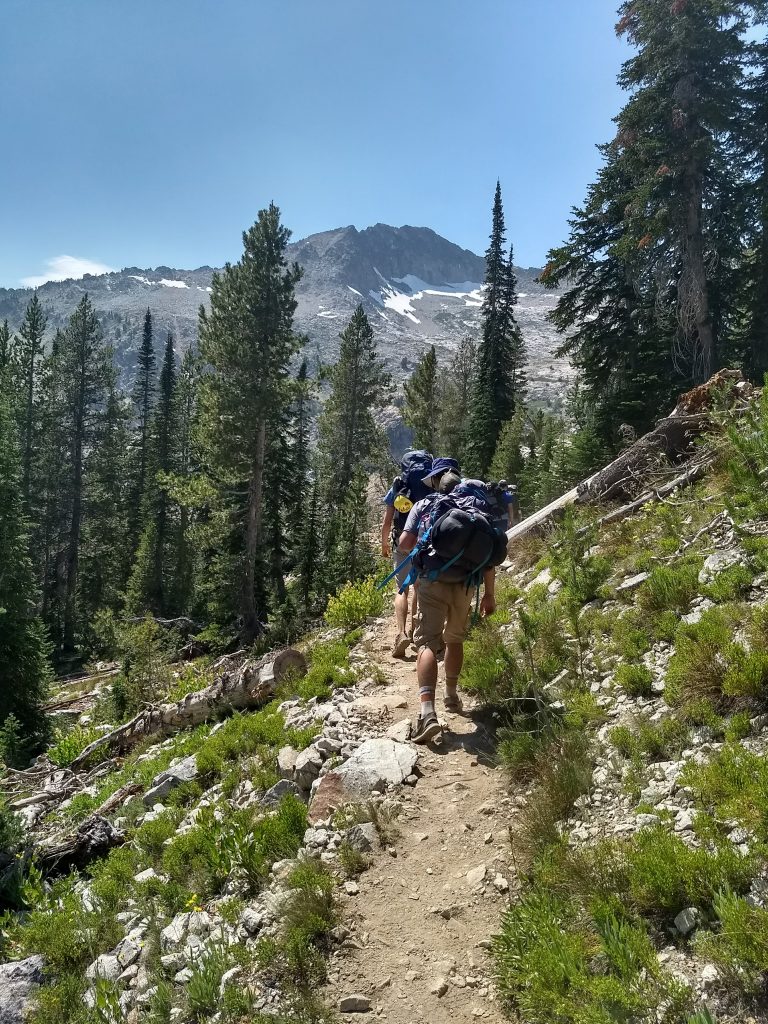
Petit Lake is very long, which is part of the reason we decided to go this direction. We didn’t want to end with the long straight-away next to the huge lake.
From the Petit Lake trail head, it’s about 6 miles to Alice Lake. Petit is at 7000 feet and Alice is at 8600, so there are plenty of switchbacks and a few creek crossings between the two lakes. During the hike there are some great views of the basin looking back towards Petit. We passed some other hikers during this part of the trip, including Buck, an acquaintance of mine. Many people do this segment as a day hike.
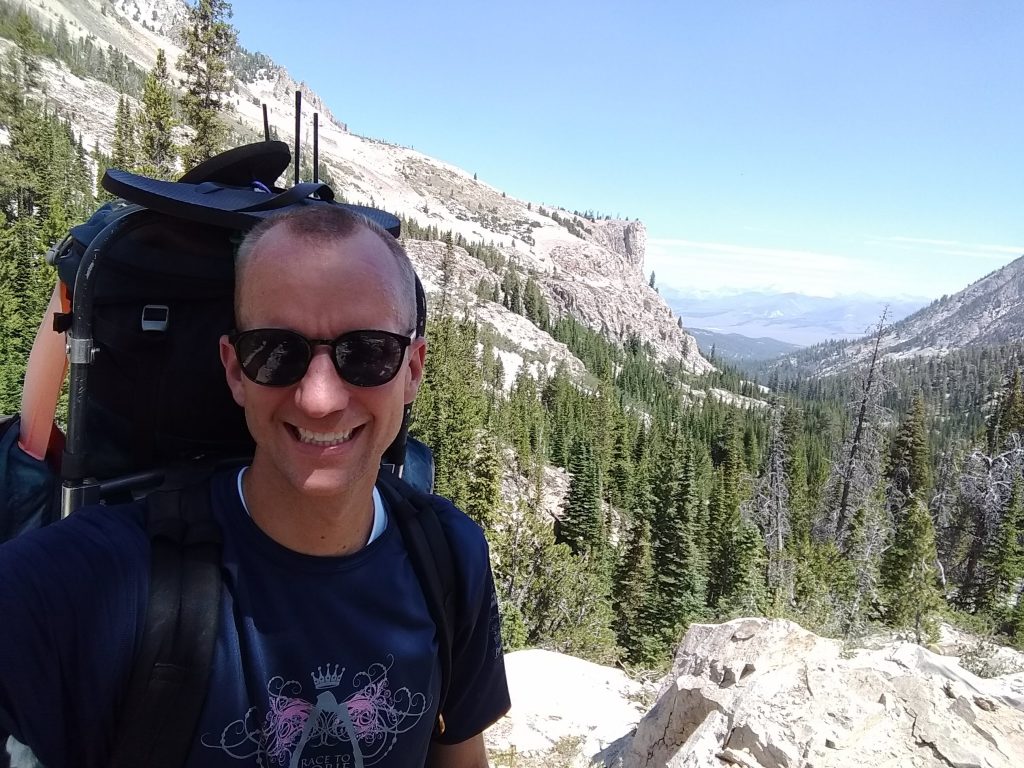
Alice is a beautiful lake, although we didn’t spend much time at it. It has some nice peaks and ridges to the south and west.
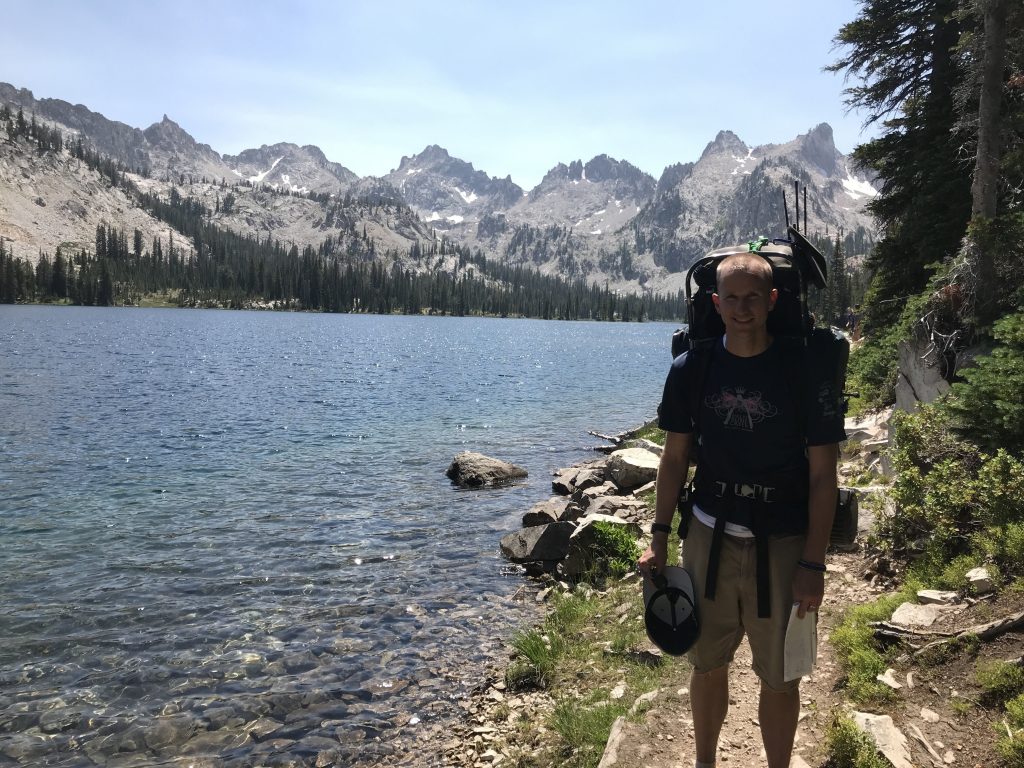
We kept moving past Alice towards Twin Lakes. This required a little climb of 200 feet or so. Twin Lakes are much less popular, although they looked nice enough. We initially planned on camping at Twin Lakes, but everyone was feeling good. After a pow wow, we decided to push on to Toxaway Lake, our Plan B.
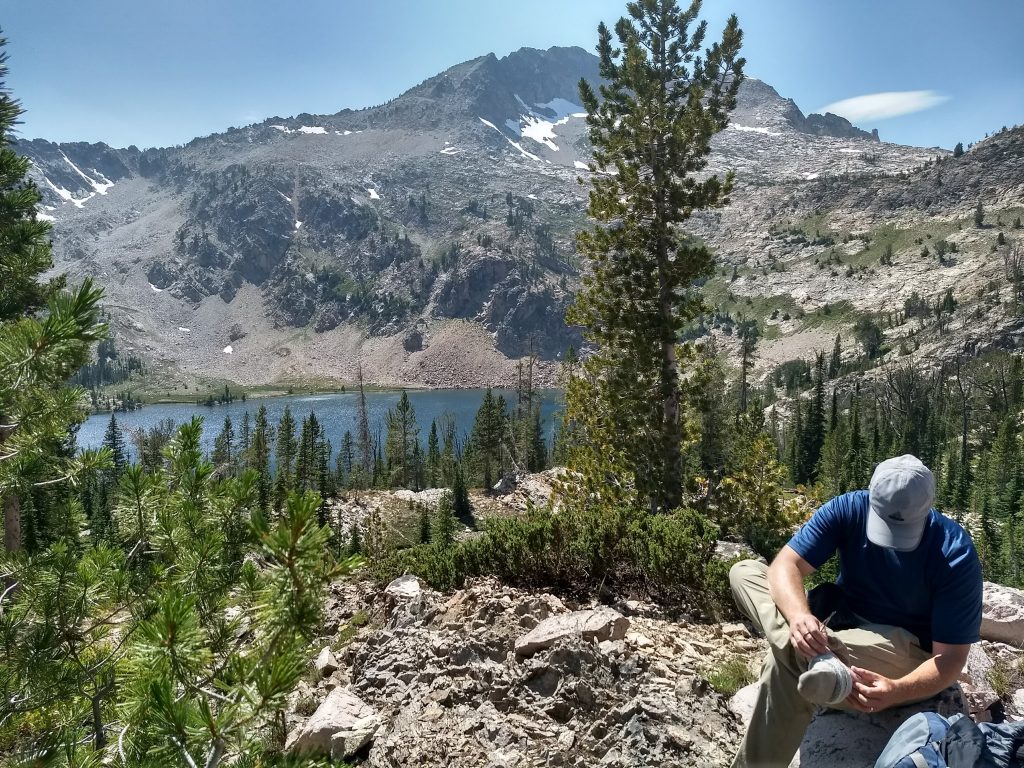
To get to Toxaway we needed to hike over a ridge at 9500 feet. This was a natural resting point to let everyone gather together again. It also presented a nice option to summit a mountain. Snowyside Peak towers over the ridge. It was as close to a peak as we’d get without going out of our way. After some discussion and debate, several of us decided to climb it. My rationale was that we were in good spirits and right next to the peak, so we should climb it now as we didn’t know what would happen during the rest of our trip that might prevent us from climbing other peaks.
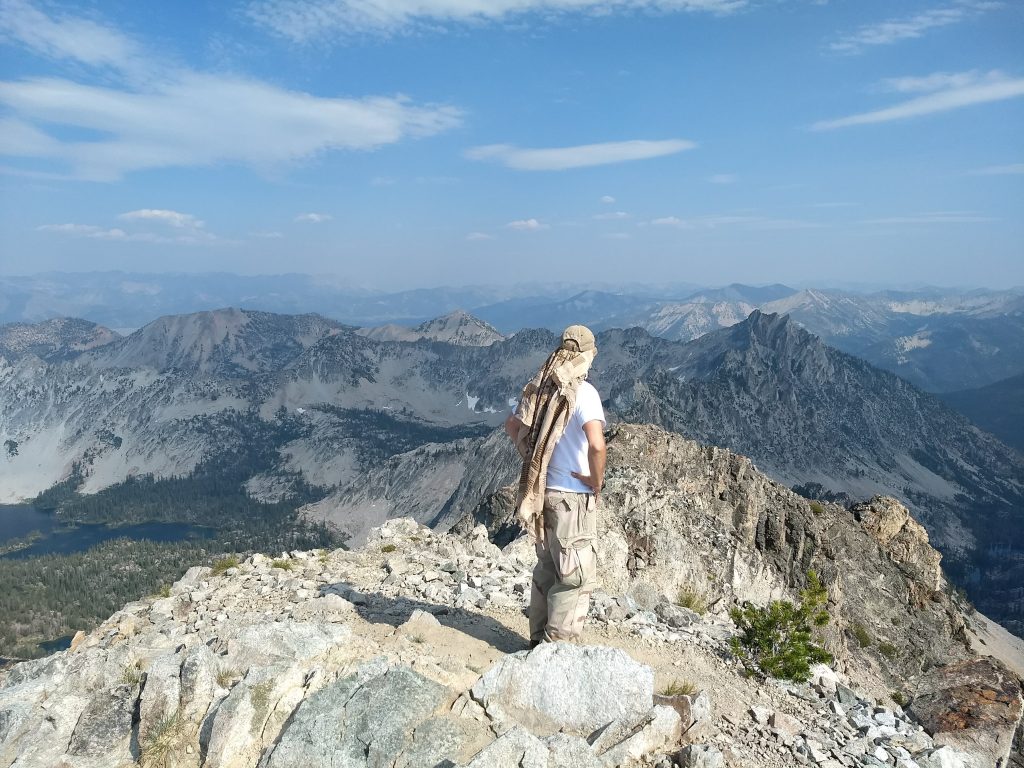
Two of the boys had no desire to climb, so they forged ahead to secure a camping spot at Toxaway Lake. The rest of us made our way up, some faster than others. It took 1.5-2 hours to get up and back. A couple of the boys were much more deliberate about their steps and less experienced, so they took quite a while to get down. The views from the peak were spectacular (of course).
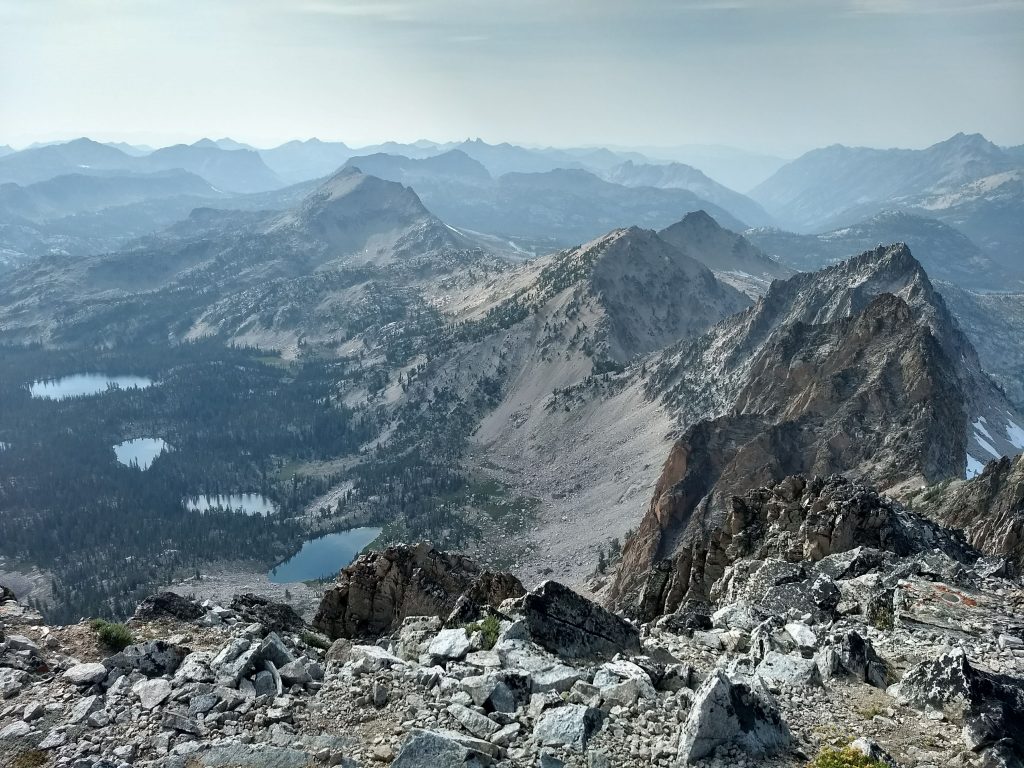
When we were finally all back down, we walked the final ~3 miles into Toxaway. We were exhausted by then. I took a dip in the cold lake to wash off and went to bed pretty early.
Excluding the peak, it was a 2500 foot elevation gain to the ridge and 1100 foot decline from the ridge to Toxaway Lake. We traversed 55 switchbacks (I counted). Snowyside Peak was about 1100 feet up and down from the ridge.
Day 2: Toxaway Lake to Hidden Lake
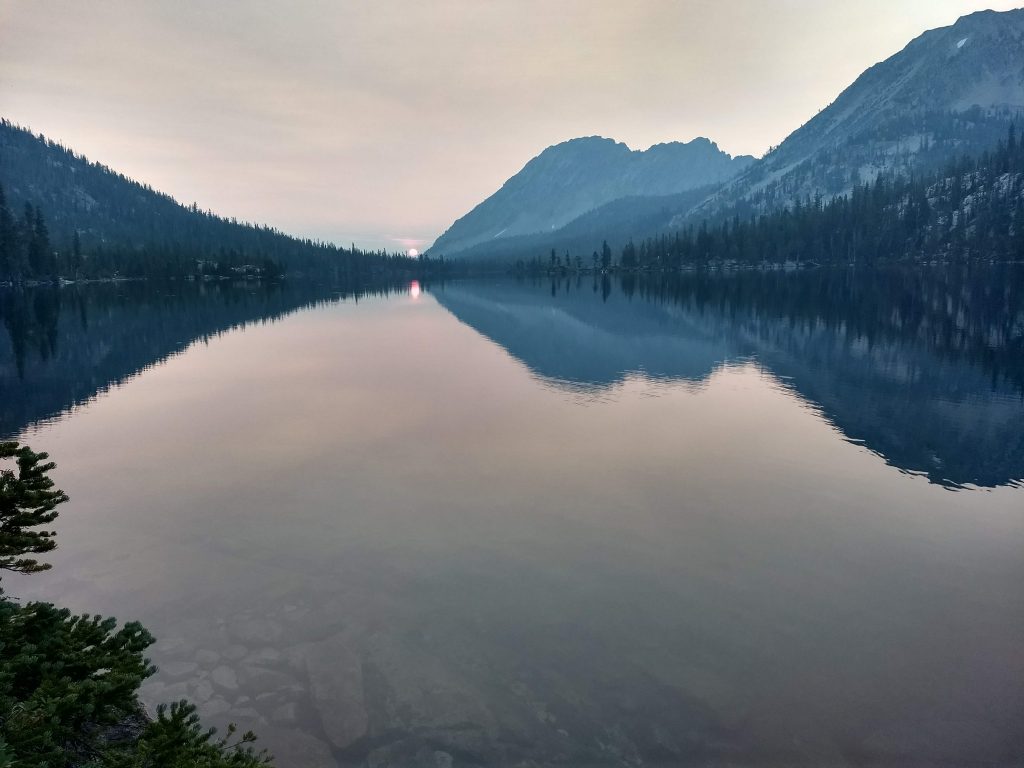
During the night I woke up at one point and heard some huge boulders falling down the ridge on the opposite side of the lake. In the morning we woke up, ate breakfast, and then started heading up the ridge to the north. This was an arduous 2 mile, 900 foot climb to start the day with plenty of switchbacks.

We took a break at the top, which offered some nice views, as well as a little patch of snow. We then made our way 800 feet down to Edna Lake. Another one of the adults and I actually dropped our packs and hit Rendezvous Lake on the way. We tried fishing it, but there were lots of frogs and no fish. I’m pretty sure it was too shallow.

We ate lunch and took a dip in Edna Lake, which is quite large and deep. Then we hiked past Vernon Lake without stopping much to take it in. After Vernon there is another little lake up a 300 foot climb. It has one nice camping spot which someone had taken. In fact, we passed a surprising number of people on this day when I thought we’d be pretty much alone.
We dropped another 600 feet to get to Ardeth Lake. Ardeth has a nice granite backdrop and is quite large. We were considering staying there for the night and taking it easy, but after a pow wow and some discussion, we determined to push on to Hidden Lake. This was no easy task, as it required yet another a 600 foot drop followed by a 1000 foot climb. We were all in pretty good spirits though, and we managed to stick together for much of those final 5 miles.
Hidden lake was a little gem at 8600 feet, nestled between two ridges. We made camp after a second day of 12+ miles, and once again some of us took a dip to clean up. We used a fire blanket to make a little fire and had a great spiritual discussion there in the mountains.
Day 3: Hidden Lake to Baron Lake
On the third day we awoke and started our climb to the west of The Temple and Mt. Cramer. Some of us were considering summiting Mt. Cramer, but due to our added mileage we decided it wasn’t worth the risk of wearing out or worse. It would have likely taken a couple hours and would have separated the group early on.
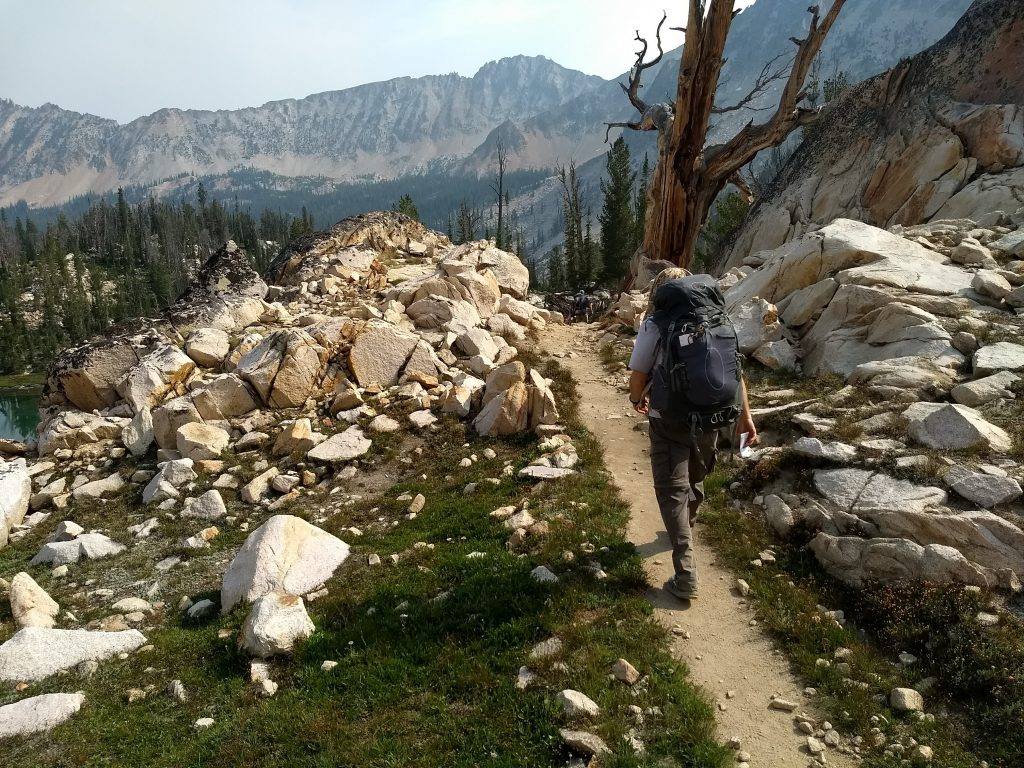
Instead, we started the 6 miles downward in the direction of Redfish Lake. We passed Upper Cramer Lake, Middle Cramer Lake, and Lower Cramer Lake, as well as one other lake that wasn’t as visible from the trail. At one point, one of the boys got very worn out and slowed down considerably. We started getting worried and wondered if we should escort him out through Redfish. We forced him to eat, and after some time and some prayers he perked back up and we caught up with the whole group at the large creek crossing.
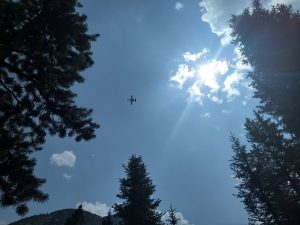
From this point on I started having some memories of a 50 mile hike in the Sawtooths from my youth 20+ years ago. Part of our hike was from Baron to Redfish, so some points on the trail were etched in my fading memory.
When we left the creek, one of the boys took off about 100 yards ahead of me (I was still putting my pack on after a break). I immediately arrived at a fork and knew I was supposed to turn left. I couldn’t see the boy in either direction, so I sped up to ensure he was ahead of me. I kept speeding up but I didn’t see him. Luckily there were some switchbacks, so from a high switchback I called down to the others to go back for him. We sent one of the cross country runners, and about 10-15 minutes later they rejoined us. We were really glad we caught the lost boy that quickly! It cost him at least a half mile of hiking.
From the low point to the high point was a solid 1800 feet in 4 miles — a little less elevation than we had already hiked down. We passed Alpine Lake and some puddles. It was quite a climb, but we were rewarded with some great views, including “Heaven’s Gate” as we looked toward Redfish.

From the summit it was 800 feet and 2 miles down switchbacks to get to Upper Baron Lake and then Lower Baron Lake. There was already a scout troop in the ideal spot at Lower Baron Lake, but we found a good spot downstream with nice water access. We played some games that evening and had a good time, although we were all beat after a 14 mile day. It was pretty fun for me to be at Baron Lake after a 21 year hiatus.
Day 4: Baron Lake to Sawtooth Lake
Getting from Baron Lake to Sawtooth Lake was pretty grueling and not particularly interesting.
We followed Baron Creek down 7 miles and 2600 feet to where the south fork and the north fork meet up.
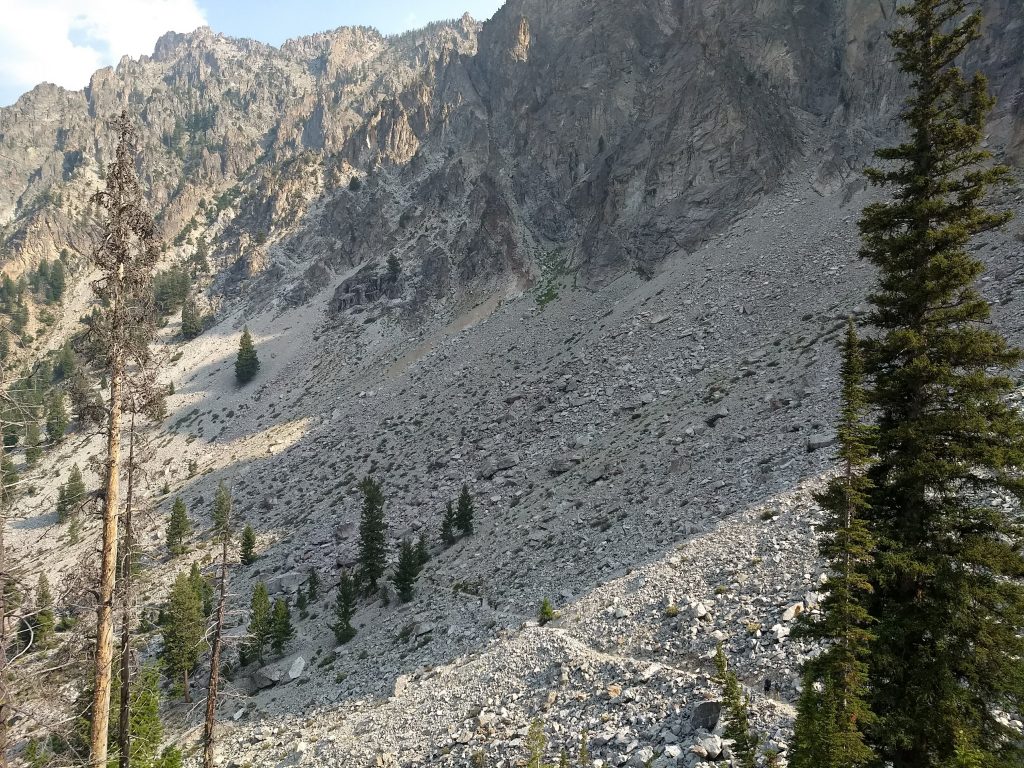
Where the creeks join up they form a roaring stream with some logs to cross on. I’ve heard that people have died here due to the high logs and rapid stream. We used the stream for water, but we didn’t need to cross since the trail forks back up toward our Sawtooth Lake destination.
This was another relatively uninteresting hike comprising 7 miles and a 2900 foot gain. There was a bit of brush and downed logs we had to work through, which slows things down. The trail leaves the bottom of the ravine and works its way up the side of a mountain, with occasional run-off streams crossing down. Eventually the trail takes a northward turn and closes the final distance to the large Sawtooth Lake.
There’s a really nice meadow on the south side of the lake that had enough room for us and another group. I slept under the stars that night and admired stars that can only be seen in the mountains on a clear night.
Day 5: Sawtooth Lake to Iron Creek Trailhead
We had now effectively cut a day out of our planned 6-day trip. Our last day was the shortest, a simple 6 mile and 2800 foot hike from the lake down to Iron Creek Trailhead. We passed Alpine lake on the way, but we didn’t bother stopping there as we had seen lots of lakes and we were all eager to get our packs off our backs.
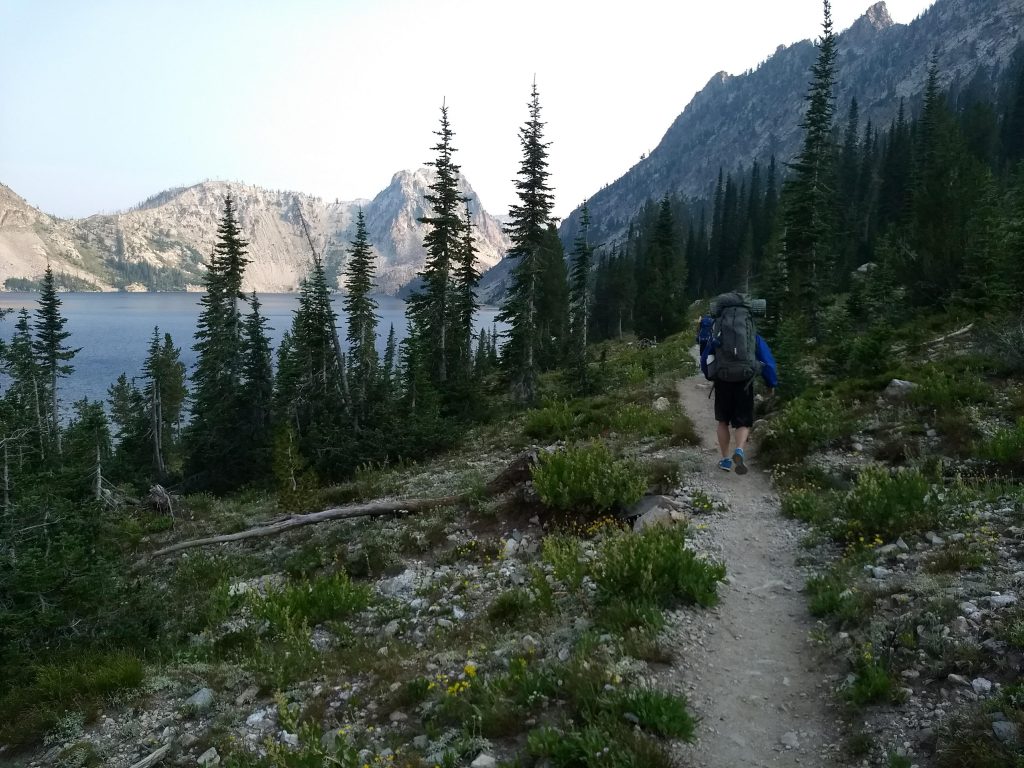
Switchbacks
Just for fun, I counted switchbacks each day as best I could. I used a pen, my hand, and a bunch of tally marks. This is what I counted (includes uphill and downhill switchbacks):
| Monday | 55 |
| Tuesday | 87 |
| Wednesday | 109 |
| Thursday | 61 |
| Friday | 37 |
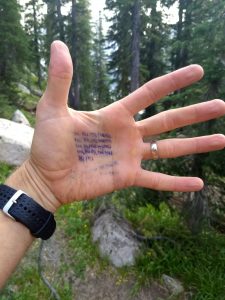
50 Mile Backpacking Trip
I realized that 50 mile backpacking trips aren’t particularly “fun”, especially if they’re fast. I’m in really good shape (albeit running shape and not necessarily backpacking shape), but even so I went to bed exhausted every night. Some of the miles were quite difficult and I just had to trudge on.
However, 50 mile backpacking trips like this are spectacular and memorable. We saw countless mountain peaks and lakes. We pushed ourselves and suffered together. We had great conversations and bonded together. It was unforgettable. Someday I hope to do a trip like this with my family (all 6 of our kids). I know it won’t be easy, but it will be something they’ll never forget.
